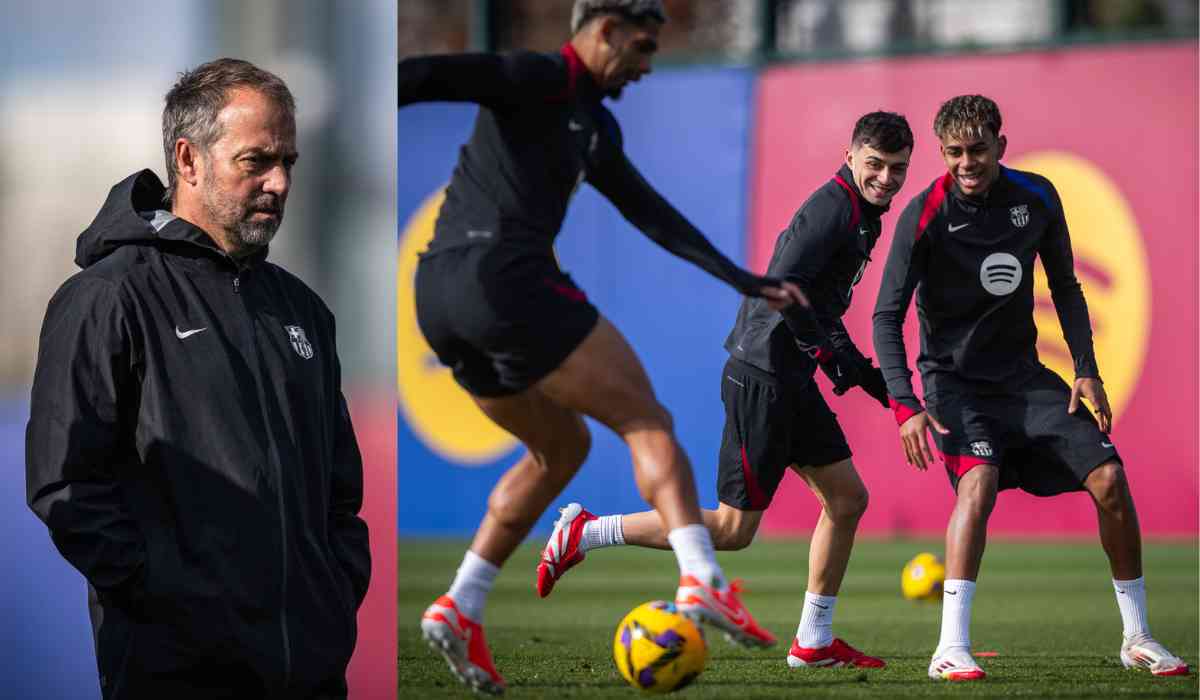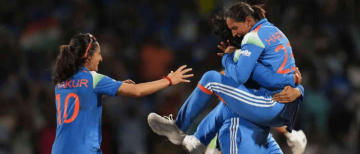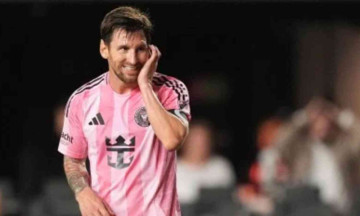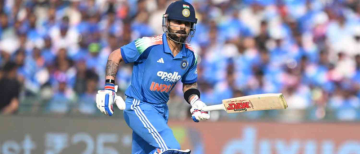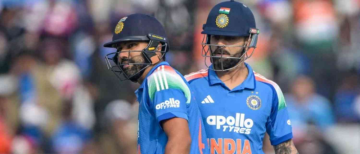Hansi Flick has taken the reins at FC Barcelona, and his tactical revolution is shaking up La Liga. After Xavi Hernandez stepped down, many wondered how the legendary club would adapt. Flick, known for his successful stint at Bayern Munich, has already made a significant impact in a short time. His approach is not just about winning; it’s about transforming Barcelona into a more dynamic and effective team.

A New Tactical Framework
Flick has implemented a 4-2-3-1 formation, which emphasizes verticality and high intensity. This system allows Barcelona to press aggressively and regain possession quickly in the opponent's half. Under Xavi, the team’s pressing lacked synchronization, often leaving gaps for opponents to exploit. Flick’s approach has doubled the number of recoveries in advanced positions, averaging six per game compared to Xavi's three. This aggressive style has reinvigorated a squad that previously seemed sluggish.
High Pressing and Quick Transitions
One of the standout features of Flick's tactics is the high pressing strategy. He encourages players to win the ball back as quickly as possible, leading to fast counterattacks. In their recent Champions League match against Young Boys, Barcelona showcased this style, resulting in a commanding 5-0 victory. Flick emphasized that “we must press high, take risks, and attack with intensity” in his post-match comments.The team has become adept at creating goal-scoring opportunities through quick transitions.
The attacking players—like Robert Lewandowski and young talents such as Yamal—are constantly moving and rotating positions to confuse defenses. This fluidity makes it difficult for opponents to maintain their defensive shape.

Defensive Solidity
While Flick's Barcelona is known for its attacking prowess, there’s also a significant improvement in the defensive phase of play. The team maintains a compact structure that protects the backline effectively. The double-pivot midfield helps shield defenders while allowing full-backs to push forward when needed. This balance is crucial for maintaining control during matches.Flick’s system has also improved Barcelona's ability to play a high offside line effectively.
Opponents are caught offside an average of 6.8 times per game under Flick, compared to just 2.69 times during Xavi’s tenure. This tactical adjustment not only disrupts opposing attacks but also shows how well-coordinated the defensive line has become.
Statistical Success
The results speak for themselves. In La Liga, Barcelona under Flick has scored an impressive 133 goals while conceding only 23 in their first season. The team's win percentage stands at 68%, closely mirroring Xavi's tenure but with a noticeable difference in style and execution7.Flick’s Barcelona is not just about numbers; it’s about how they play. The focus on progressive passing means fewer passes overall but with greater purpose—moving the ball forward quickly and efficiently1. This change has made matches more exciting for fans who appreciate fast-paced football.

Challenges Ahead
Despite the promising start, challenges remain for Flick and his squad. The high-risk style of play can expose them to counterattacks, especially against quicker opponents. For instance, during matches against teams like Real Madrid, Barcelona must be cautious not to overcommit players forward, as this could lead to vulnerabilities at the back.Flick himself acknowledges that while aggression is key, there may be times when a more measured approach is necessary against stronger teams in La Liga or during European competitions.

What are the key differences between Xavi's and Flick's formations?
Xavi Hernández and Hansi Flick have both managed FC Barcelona, but their tactical approaches and formations present key differences that significantly impact the team's style of play. Here’s a breakdown of how their formations differ and what that means for Barcelona's performance on the pitch.
Formation Structure
Xavi's 4-3-3 Formation
Xavi primarily utilized a 4-3-3 formation, which is deeply rooted in the traditional Barcelona style known as "tiki-taka." This system emphasizes possession, with a focus on short, controlled passing. The midfield trio is designed to dominate ball control and dictate the tempo of the game. Xavi often deployed players like Pablo Gavi in unconventional roles, such as a "false" left winger, to create space for overlapping full-backs like Alejandro Balde.Flick's 4-2-3-1 Formation
In contrast, Hansi Flick has adopted a 4-2-3-1 formation that emphasizes verticality and attacking efficiency. This setup includes a double pivot in midfield, providing both defensive solidity and support for quick transitions into attack. Flick’s system allows for more fluid movement and encourages players to press high up the pitch, aiming to win the ball back quickly in advanced areas.

Tactical Philosophy
Possession vs. Verticality
Xavi’s tactical philosophy is heavily influenced by Johan Cruyff’s principles, where maintaining possession is paramount. Under his management, Barcelona averaged about 61.2% possession, focusing on building play slowly and methodically. However, this approach sometimes led to inefficiencies in creating goal-scoring opportunities, as Xavi's teams often struggled with penetration.On the other hand, Flick prioritizes verticality and direct attacking play. His teams may pass less frequently than Xavi's but do so with greater purpose. The goal is to move the ball forward quickly and create scoring chances efficiently.
For instance, under Flick, Barcelona has seen an increase in shot-creating actions per game, reflecting a more aggressive attacking mindset.
Pressing Strategy
High Pressing Issues Under Xavi
While Xavi employed a high pressing strategy, it often lacked synchronization. Players would cover more ground—averaging 114 km per game—but without cohesive movement, leaving gaps for opponents to exploit during transitions. This disorganization made it challenging for Barcelona to recover the ball effectively in the opponent's half.
Flick's Organized Pressing
Flick has transformed this aspect by implementing a more structured and aggressive pressing system. His approach involves coordinated pressing that targets opponents immediately after they regain possession. Under Flick, Barcelona averages around six recoveries per game in advanced positions, doubling Xavi's effectiveness in this area. This organized pressing allows the team to maintain pressure and capitalize on defensive mistakes more effectively.
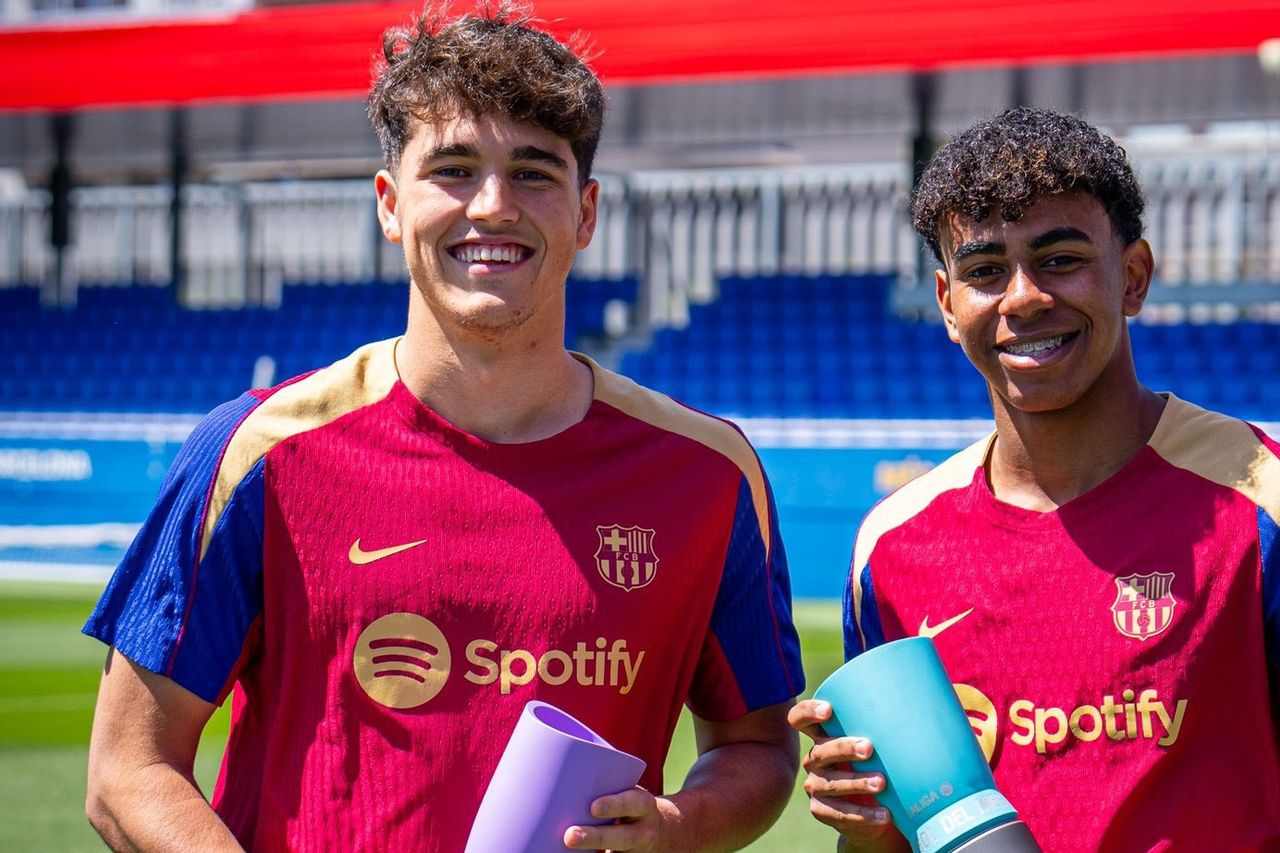
Offensive and Defensive Balance
Attacking Style
Xavi’s teams often relied on meticulous build-up play but sometimes became predictable due to their rigid positioning. While they averaged 2 goals per game, they required a high number of shots—185—to achieve this tally. In contrast, Flick's team has averaged around 3 goals per game, needing fewer shots (177) to score more goals, showcasing a more efficient attacking approach.
Defensive Solidity
Defensively, Xavi’s system sometimes left the backline exposed due to its high line and lack of compactness during transitions. Flick’s double pivot not only provides additional protection for the defense but also allows for better coordination when playing a high offside line—opponents are caught offside approximately 6.8 times per game under Flick compared to just 2.69 times under Xavi.
/cdn.vox-cdn.com/uploads/chorus_image/image/73817309/2191173280.0.jpg)
Conclusion
Hansi Flick's arrival at FC Barcelona marks a new chapter filled with excitement and potential. His tactical revolution is reshaping how the team plays, moving away from Xavi's possession-heavy style toward a more direct and aggressive approach. As Barcelona continues to adapt under Flick’s guidance, fans can expect thrilling matches filled with intensity and flair.The question remains: will this transformation lead to sustained success? Only time will tell if Flick’s methods will bring home silverware and restore Barcelona's status as one of Europe’s elite clubs. For now, however, they are certainly on the rise—ready to challenge anyone who stands in their way!
With inputs from agencies
Image Source: Multiple agencies
© Copyright 2024. All Rights Reserved Powered by Vygr Media.

